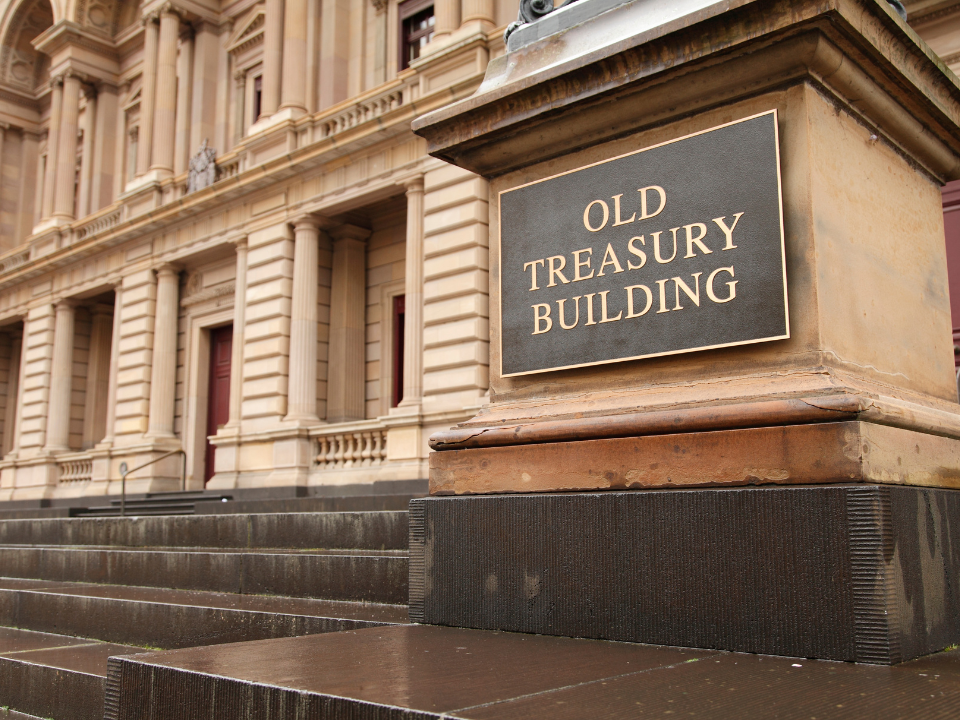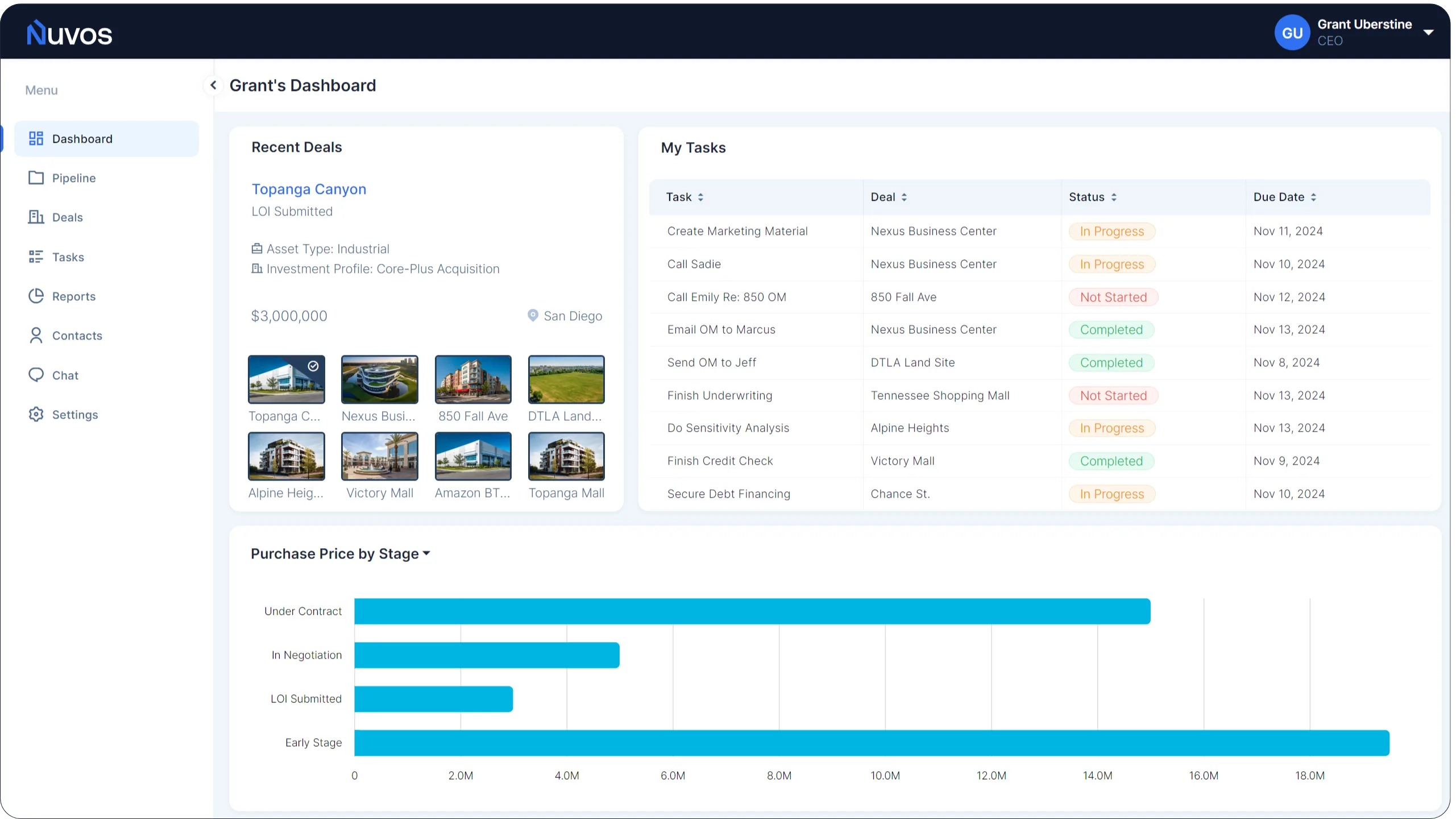- The 10-year Treasury yield remains volatile, reflecting broader economic instability, ending at 3.75% on September 23rd, 2024.
- CBRE forecasts the yield will stay below 4% by EOY, while Fitch Ratings predicts a longer-term yield of 3.5% by 2026.
- Economic uncertainty, inflation, and global events will influence the direction of the 10-year Treasury, making projections difficult.
The 10-year Treasury yield, a crucial benchmark for borrowing costs and commercial real estate, has been unpredictable throughout 2024, as reported in GlobeSt.
This volatility points to underlying economic uncertainty, with both short-term and long-term factors at play.
Short-Term Sensitivity
After starting September at 3.84%, the yield dipped in anticipation of a Federal Reserve rate cut, falling to 3.65% before rising again to 3.75% by September 23rd.
While shorter-term Treasuries like the 3-month yield quickly responded to the Fed’s rate cut in mid-September, dropping from 5.19% to 4.95%, the 10-year yield has behaved differently.
Typically, long-term Treasury yields don’t respond as immediately to policy changes. The 10-year reflects broader market conditions and economic projections, which have been turbulent as inflation and labor markets continue to fluctuate.
Long-Term Forecasts
CBRE anticipates the 10-year Treasury yield will remain below 4% through the end of 2024 and hover in the mid-3% range for most of 2025.
Fitch Ratings offers a slightly more conservative forecast, projecting the yield to stabilize around 3.5% by 2026. Both firms acknowledge that these estimates depend heavily on evolving macroeconomic conditions.
Uncertainty Principle
According to Carol Ng, managing director at Derivative Logic, forecasting the 10-year Treasury is particularly difficult right now due to a variety of economic uncertainties.
While many firms use similar models for predicting bond yields, factors such as inflation, labor market strength, and global economic disruptions can all influence the trajectory of Treasury yields in unpredictable ways.
“The 10-year shouldn’t be this volatile,” Ng says, citing global economic instability as a key driver.
What’s Next?
Looking ahead, the 10-year Treasury yield is likely to remain unpredictable as markets continue to digest various macroeconomic developments.
The possibility of unexpected events — such as global disruptions or economic shocks — could significantly impact the trajectory of Treasury yields, making volatility the norm for the foreseeable future.

















